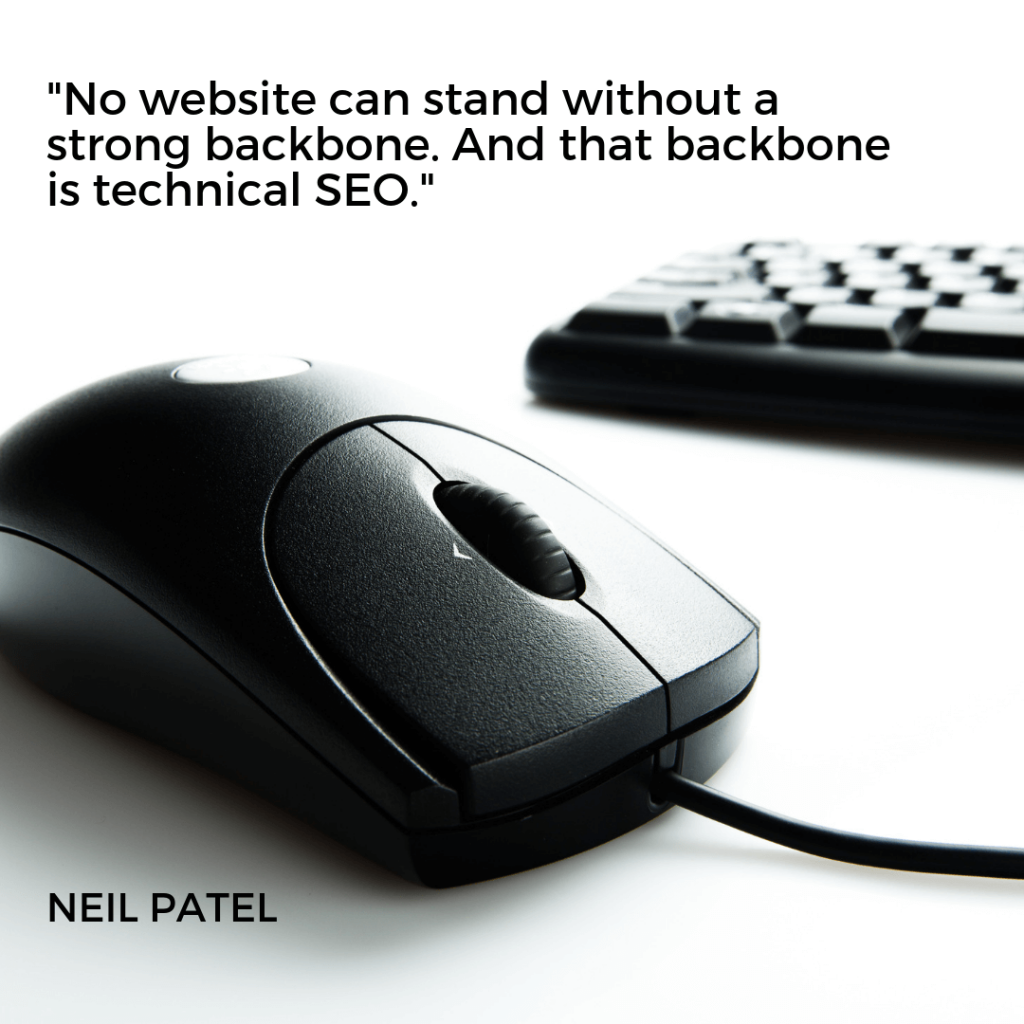No one can overstate the importance of an effective SEO campaign for any successful website. Whether you’re running an online business, looking for subscribers, or just trying to stand out in your industry, you need to rank in search engines and generate web traffic. Your SEO team will be working to make these things happen, and their efforts can be broken down into four major categories: content, on-site, off-site, and technical SEO.

Content is king, as the saying goes, and it’s basically the identity of your organization. Content shows potential customers or users what you do and why they should trust you to do it. While it’s important to produce plenty of content about your services, you’ll also need to produce content that establishes your site as an authority in your industry and produce marketing content that can reach users before they even know they need you.
On-site SEO refers to all the efforts you’ll make to optimize your own site. This includes keyword research, meta tags, improving user experience, optimizing page titles and URLs, and so on. Most people probably think of this when they hear “SEO.” Your off-site SEO is basically authority building. This can be one of the most challenging aspects of SEO, but it’s crucial to get it right, because off-site SEO efforts like link building can greatly affect your domain authority and your rankings in SERPs (search engine results pages). While it’s vital to optimize your website for users and build their trust, not all of your efforts will focus on people.
Optimize for machines
In a nutshell, technical SEO refers to the steps you take to ensure search engines can easily read your content, explore your site, and rank your pages appropriately. You’ll generally be focusing on a few key factors for technical SEO.
Page load times: The speed of your website isn’t just important to users; Google also considers your speed a major ranking factor. In fact, having page load times increase by even a half-second can result in up to a 20% drop in traffic. Page load times can be improved with methods such as reducing server redirects, compressing files, and optimizing code.
Crawling: This is the process in which search engine bots (crawlers) visit web pages and extract links. This is done by downloading a page’s robtos.txt file, which specifies rules to crawlers. Pages that are frequently updated will need to be crawled more often than others.
Indexing: This is how Google and other search engines are able to add webpage content to their results. Generally, crawlers will find sites and index them without the webmasters needing to do anything. When a critical update to a page is made, you have some ways to have them indexed faster, such as using XML sitemaps.
Hierarchy: This simply refers to how the content of your website is structured. It can affect how quickly or easily your content can be parsed and ranked.
Check your site regularly
To make sure you’re doing as much as you can on the technical SEO side of things, it’s a good idea to test your site about once a week. You’ll want to look for things like page speed and user friendliness, and make sure your site is free of errors.
Mobile friendliness is absolutely imperative today, and the vast majority of webmasters will have a mobile specific version of their sites. Since 2015, Google has been giving noticeable preference to sites that are mobile friendly. They even have a test you can run to see how you’re doing.
You can also check and fix any on-page issues you may have by performing regular technical SEO audits on your site. Many sites and tools can help you do this such as Moz, Ahrefs, and SEMrush. These audits will show how many healthy links you have, as well as how many may be broken or unhealthy, and offer suggestions to clean them up.